Can you train your biceps and chest together effectively? Absolutely. Combining these muscle groups can save time and boost muscle growth. This article will provide you with a comprehensive bicep chest workout, including exercises, warm-ups, and tips to enhance your training routine.
Key Takeaways
-
Training biceps and chest together boosts muscle growth and workout efficiency by allowing focused strength development without energy competition.
-
Combining these workouts enhances overall upper body muscle activation, leading to faster results and improved muscle hypertrophy.
-
Proper warm-up routines and avoiding common mistakes are crucial for preventing injuries and maximizing effectiveness in bicep and chest workouts.
Can You Train Biceps and Chest Together?

Absolutely! Training chest and biceps together is not only feasible but also highly beneficial for several reasons. Firstly, it allows for focused strength development as each muscle group can be worked without competing for energy. This means you can use heavier weights and achieve greater muscle growth. Alternating exercises allows one muscle group to rest while the other works, thus improving workout efficiency.
Another advantage is the effective management of workout volume. Combining these workouts ensures adequate recovery between sessions, crucial for muscle growth and preventing overtraining. Additionally, performing bicep exercises when they are fresh can lead to more volume and heavier weights, as biceps are often fatigued after compound lifts.
Lastly, integrating bicep and chest workouts promotes balanced arm growth. Since both muscle groups are essential for a well-rounded upper body, combining them in a single session ensures that neither is neglected. This approach not only saves time but also maximizes the effectiveness of your arm workout training routine.
Benefits of Combining Bicep and Chest Workouts

Combining bicep and chest workouts offers a multitude of benefits that go beyond mere convenience. One of the most significant advantages is the improved muscle activation across the upper body. When you train both muscle groups together, you engage more muscles, leading to enhanced overall muscle engagement and strength gains.
Efficiency is another key benefit. Reducing downtime between exercises helps maintain a higher intensity throughout your workout. This means you can achieve more in less time, making your workout sessions more productive. Additionally, a well-defined chest and muscular biceps not only look impressive but also reflect a balanced and comprehensive training regimen.
Moreover, combining these workouts can lead to significant muscle hypertrophy. Targeting multiple muscle groups in a single session creates a more substantial stimulus for muscle growth throughout the entire body, especially when focusing on a large muscle group. This approach can lead to faster and more noticeable results, making it an effective strategy for anyone looking to bulk up and enhance their upper body strength.
Warm-Up Routine for Bicep and Chest Workouts
A proper warm-up before a bicep and chest workout prepares your muscles for intense activity and minimizes the risk of injuries. Start your warm-up with 5 minutes on the treadmill or stationary bike to get your heart rate up and increase blood flow to the muscles. This initial activity primes your body for the workout ahead.
Next, incorporate dynamic stretches and resistance band exercises that focus on the targeted muscle groups. Dynamic stretches enhance flexibility and range of motion, which are essential for upper body exercises. Resistance band exercises can help activate the chest and biceps, ensuring that they are ready for heavier lifts.
Specific warm-up movements that mimic the exercises you will perform are also beneficial. For example, if you are planning to do bench presses, start with lighter weights to practice the movement and engage the relevant muscles. This step-by-step approach to warming up not only improves workout performance but also safeguards against injuries, particularly in high-mobility joints like the shoulders.
Barbell Bench Press

The barbell bench press is a cornerstone of any chest workout, contributing significantly to upper body strength and muscle hypertrophy. To perform this exercise correctly, start by lying on a flat bench with your feet firmly planted on the floor. Your grip on the barbell should be shoulder-width apart, ensuring that your elbows form a 90-degree angle when pulled back.
As you lower the barbell, focus on bringing it down to the lower chest area rather than moving it directly up and down. This technique maximizes chest engagement and ensures that you are targeting the right muscles. During the descent, keep your elbows at a 45 to 70-degree angle away from your body to enhance muscle activation. A slight pause at the bottom can further engage the muscles and prevent the bar from bouncing off your chest.
For the ascent, push through your legs as if performing a leg extension while driving the bar back towards your head in a slight arc. This technique ensures stability and maximizes the effectiveness of the lift. Remember, creating whole-body tension by activating your legs, glutes, and lats is crucial for maintaining form and stability during the lift.
Incline Dumbbell Press
The incline dumbbell press is a fantastic exercise for targeting the upper chest muscles, specifically the upper pectoralis major. This exercise is more effective than flat bench presses for stimulating muscle growth in the upper chest. To perform the incline dumbbell press, set the incline of the inclined bench at approximately 28.9 degrees, which is optimal for engaging the upper portion of the pectoralis major.
Using dumbbells for this exercise allows for a full range of motion and better muscle activation compared to a barbell exercise. This increased range of motion can lead to more significant muscle growth and improved strength. Additionally, the incline dumbbell press helps correct muscular imbalances by ensuring equal effort from both arms.
When performing the incline dumbbell bench press, focus on maintaining proper form. Start with the dumbbells at shoulder level, palms facing forward, and press them upwards until your arms are fully extended. Lower the dumbbells back to the starting position in a controlled manner to ensure maximum muscle engagement and prevent injury during the dumbbell incline press.
Push-Ups

Push-ups are a versatile and effective exercise for building upper body strength and muscle definition. This bodyweight exercise targets several upper body muscles, including the chest, shoulders, back, biceps, and triceps, making it a comprehensive addition to any workout routine. Push up are just as effective as bench presses for building muscle hypertrophy. They also help in gaining strength. For more information on enhancing your upper body workout, including mastering pull-ups, visit our guide on how to get better at pull-ups.
To perform push-ups correctly, start in a plank position with your hands placed slightly wider than shoulder-width apart. Keep your body in a straight line from head to heels, engaging your core throughout the entire movement. Lower your body until your chest nearly touches the floor, then push back up to the starting position.
Incorporating push-ups into your workout routine can significantly enhance overall fitness. Aim for 3 sets to failure, targeting a rate of perceived exertion (RPE) of 7 to 8. This approach ensures that you are pushing your muscles to their limits, promoting muscle growth and strength gains. Additionally, performing more than 40 push-ups is linked to a lower risk of heart problems, making this exercise beneficial for overall health.
Standing Cable Chest Fly
The standing cable chest fly is an excellent chest exercise for maintaining consistent tension on the chest muscles, which is crucial for muscle growth and enhancing pectoral definition. Using a cable machine allows for adjustments in height and angle, effectively targeting different areas of the chest and helping to correct muscle imbalances through unilateral training.
To perform the standing cable chest fly, adjust the cables to shoulder height or slightly above. Stand in the center, grab the handles, and step forward to create tension in the cables. With a slight bend in your elbows, bring your hands together in front of your chest, squeezing the pectoral muscles.
Slowly return to the starting position, maintaining control throughout the movement. This exercise also engages the shoulders, promoting overall shoulder health and stability.
Barbell Curl
The barbell curl is a fundamental biceps exercise in any bicep workout routine, known for its effectiveness in building biceps muscles and enhancing overall arm strength. To perform the barbell curl, start with a shoulder-width grip on the barbell, ensuring that your wrists are aligned and comfortable to reduce strain.
During the curl, focus on keeping your upper arms pinned to your torso to maximize bicep engagement and avoid shifting the effort to other muscle groups. It’s crucial to maintain a tight torso with engaged glutes and core for optimal performance and stability. Avoid leaning back during the curl, as this can reduce the focus on the biceps and increase the risk of injury.
The barbell curl is typically recommended as the initial exercise in a biceps workout due to its load capacity and ability to facilitate muscle growth. By starting with this exercise, you can lift heavier weights and set the tone for an effective bicep training session.
Hammer Curl
Hammer curls are a fantastic addition to any bicep workout routine, primarily targeting the brachialis muscle, which contributes to the overall thickness of the upper arm. This exercise also effectively activates the biceps brachii and brachioradialis muscles, promoting balanced arm development and increased strength.
To perform hammer curls, use a neutral grip with your palms facing each other. This grip enhances grip strength and reduces stress on the elbow and shoulder joints, making the exercise safer and more comfortable.
Hammer curls can be performed with dumbbells, resistance bands, or free weights, or cable machines, offering versatility for different workout settings.
Incline Dumbbell Curl
Incline dumbbell curls are an excellent finishing exercise for bicep workouts, promoting significant muscle growth and activation. This exercise requires the arms to move behind the body, creating an increased stretch that enhances muscle activation and engagement. Incorporating biceps exercises into your routine can further enhance your results.
To perform incline dumbbell curls, set the bench at an incline and sit back with your arms hanging down. Curl the dumbbells up while keeping your upper arms stationary, focusing on the biceps. The incline position limits the use of momentum, ensuring stricter technique and targeted muscle engagement.
This exercise provides a greater range of motion, allowing the biceps muscle to engage more effectively throughout the movement. It specifically targets the long head of the biceps, which can enhance the muscle’s peak appearance. Incorporating incline dumbbell curls into your routine helps achieve a more defined and muscular bicep profile.
Superset Options for Bicep and Chest Workouts

Supersetting chest and bicep workouts is an efficient way to enhance muscle pump and workout intensity. Since these muscle groups do not interfere with each other, you can maintain a high level of performance throughout your workout.
A typical superset structure includes four combinations of exercises that target both chest and bicep muscles. For example, you can pair incline dumbbell presses with bicep curls or alternate between push-ups and hammer curls. This approach prevents monotony and ensures that different muscle strengths are targeted.
Using supersets in your workout routine can lead to improved muscle growth and a more significant workout stimulus. Incorporating a variety of exercises and maintaining high intensity can yield better results in less time.
How to Fit Bicep and Chest Workouts into Your Training Split
Fitting a bicep routine and chest workouts into your training split can be done efficiently by training these muscle groups once a week or incorporating them into a four-day split. This approach allows for adequate recovery and prevents overtraining.
Combining chest training and bicep workouts reduces overall gym time while effectively targeting both muscle groups. However, it’s essential to be cautious of potential overtraining, especially with high-volume routines in a chest and biceps workout.
Here are some key points to consider:
-
Ensure proper recovery times between sessions.
-
Maximize growth by allowing muscles to rest.
-
Prevent injuries by listening to your body and adjusting your routine as needed.
By following these guidelines, you can achieve an efficient workout while minimizing the risk of overtraining.
A recommended approach is to structure your sessions into manageable blocks, focusing on different muscle groups on different days. This method ensures that each muscle group receives adequate attention and recovery, promoting balanced muscle growth and overall strength.
Common Mistakes to Avoid in Bicep and Chest Workouts
Avoiding common mistakes in your bicep and chest workouts can make a significant difference in your progress and prevent injuries. One of the most crucial aspects is maintaining proper form. For instance, when performing push-ups, ensure your hands are placed slightly wider than shoulder-width apart to maximize effectiveness and prevent shoulder strain. Similarly, keeping your elbows close to your body during curling motions helps maintain proper form and focus on the biceps.
Using excessively heavy weights is another common mistake. While lifting heavy can promote muscle growth, overloading can lead to improper form and the recruitment of other muscle groups, reducing the focus on the biceps. Start with a heavier weight to ensure that the correct form is maintained throughout the exercise. This approach not only enhances muscle engagement but also minimizes the risk of injury.
Lastly, overtraining is a significant concern when combining chest and bicep workouts. Ensure that your training split includes adequate spacing to avoid overworking related muscle groups like the triceps and back. Proper execution of exercises, such as maintaining a stable stance and controlled movements during hammer curls, is crucial for maximizing effectiveness and minimizing injury risk.
Tracking Progress in Bicep and Chest Workouts
Tracking progress in your bicep and chest workouts is essential for optimizing strength training results. Maintaining a workout log helps monitor your progress, allowing you to see improvements over time and adjust your routines accordingly. Documenting your workouts, including the weights used, repetitions, and sets, provides valuable insights into your training effectiveness and areas that may need improvement.
Using fitness apps can streamline the process of recording workout data, making it easier to track your progress and stay motivated. These apps often offer features such as workout plans, progress graphs, and reminders, helping you stay on track with your fitness goals.
Adjusting your workout plans based on documented progress can enhance muscle gain and ensure that you are continually challenging your muscles for optimal growth.
Summary
Combining bicep and chest workouts is a powerful strategy for maximizing muscle gain and achieving a balanced upper body. From foundational exercises like the barbell bench press and incline dumbbell press to effective isolation movements such as the barbell curl and incline dumbbell curl, this guide has provided a comprehensive approach to enhancing your chest and biceps training.
By incorporating warm-up routines, avoiding common mistakes, and tracking progress, you can optimize your workout sessions and achieve impressive results. Remember, the key to success lies in consistency, proper form, and a well-structured training split. Embrace these strategies, and you’ll be well on your way to a stronger, more defined upper body.
Frequently Asked Questions
Is 7 exercises enough for the chest?
Seven exercises for your chest in one session might be overkill. It's usually best to stick with 1 to 3 different chest exercises to maximize your workout without burning out on variations.
Can you train biceps and chest together effectively?
Absolutely, you can train biceps and chest together effectively. It enhances your workout efficiency and promotes balanced muscle growth.
What are the benefits of combining bicep and chest workouts?
You'll really benefit from combining bicep and chest workouts as it boosts muscle activation and engagement, making your training more efficient and balanced. Plus, it helps you maximize your workout time!
What is a good warm-up routine for a bicep and chest workout?
To effectively warm up for your bicep and chest workout, kick things off with 5 minutes of cardio, followed by dynamic stretches. This prep will get your muscles ready and help prevent injuries!
How should I fit bicep and chest workouts into my training split?
To effectively fit bicep and chest workouts into your training split, aim to train them once a week while allowing for proper recovery. A four-day split works well for balancing intensity and rest, helping you build muscle without overdoing it.


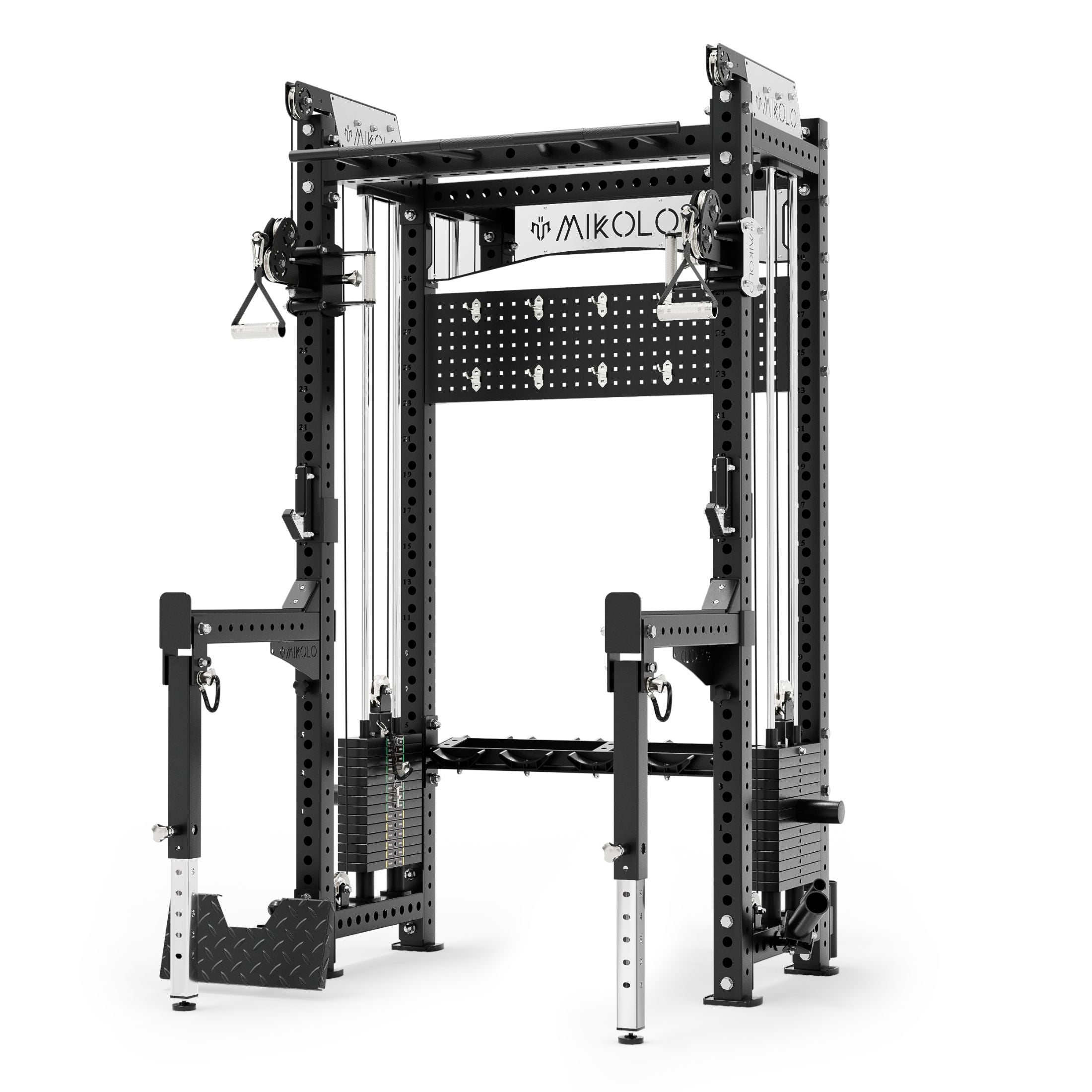
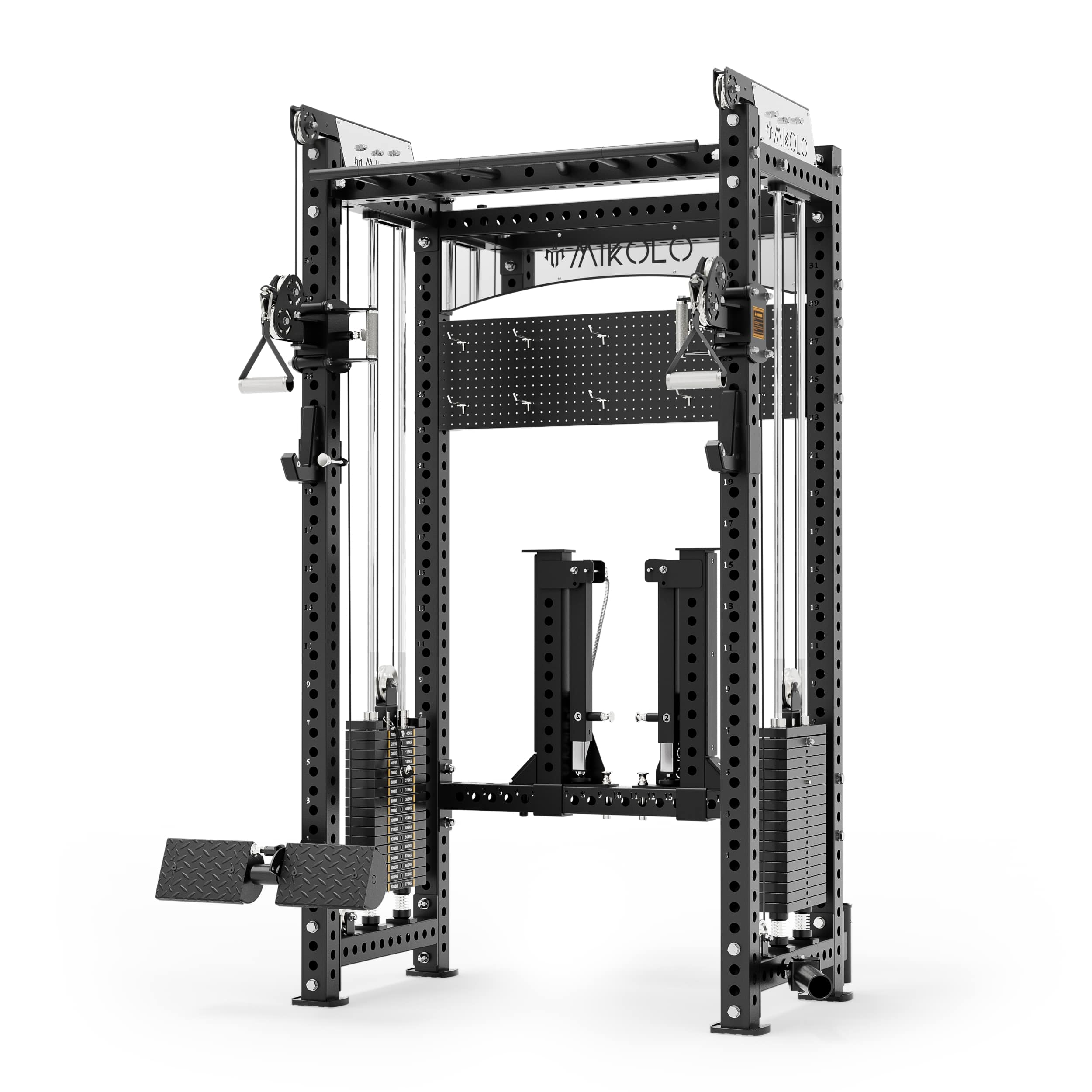
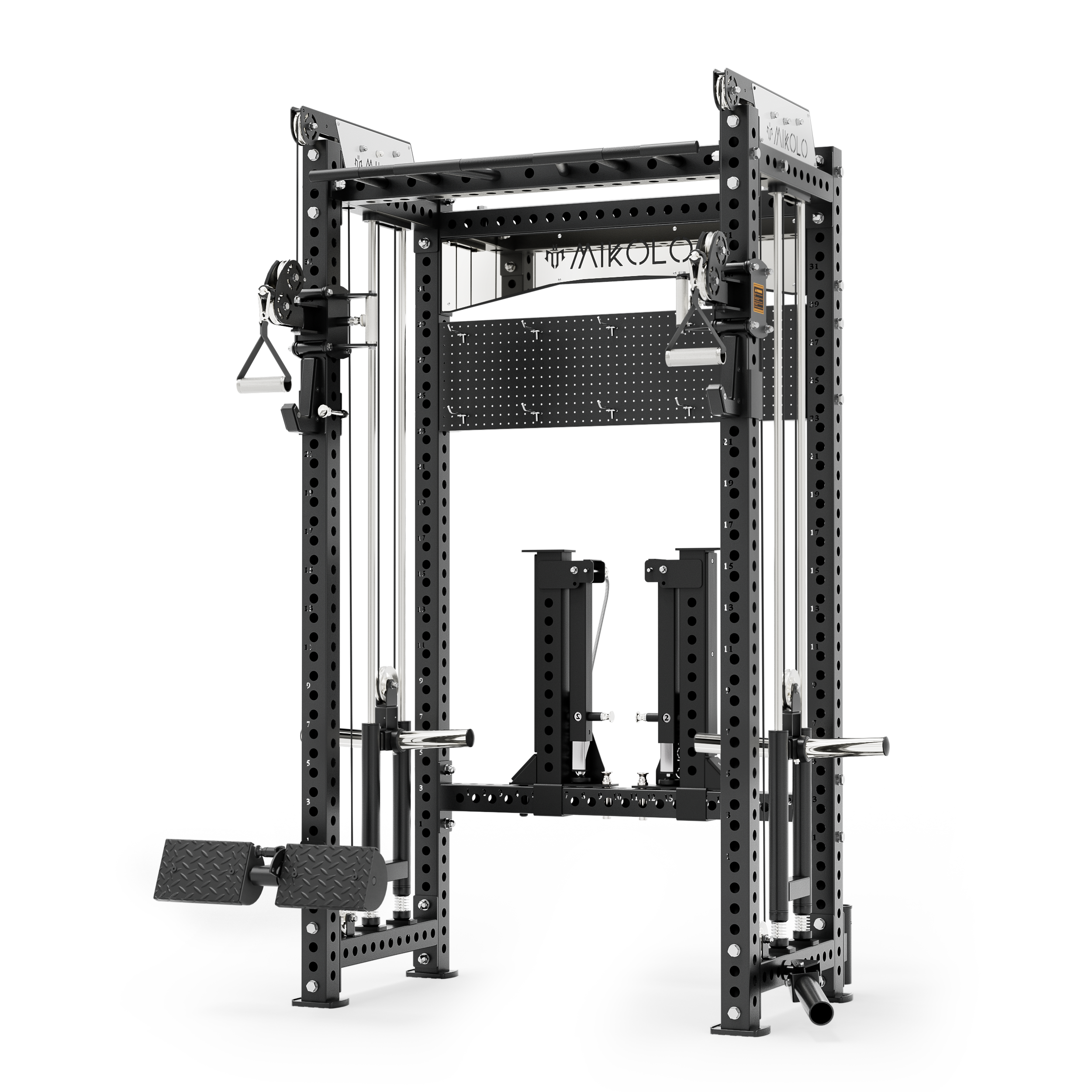


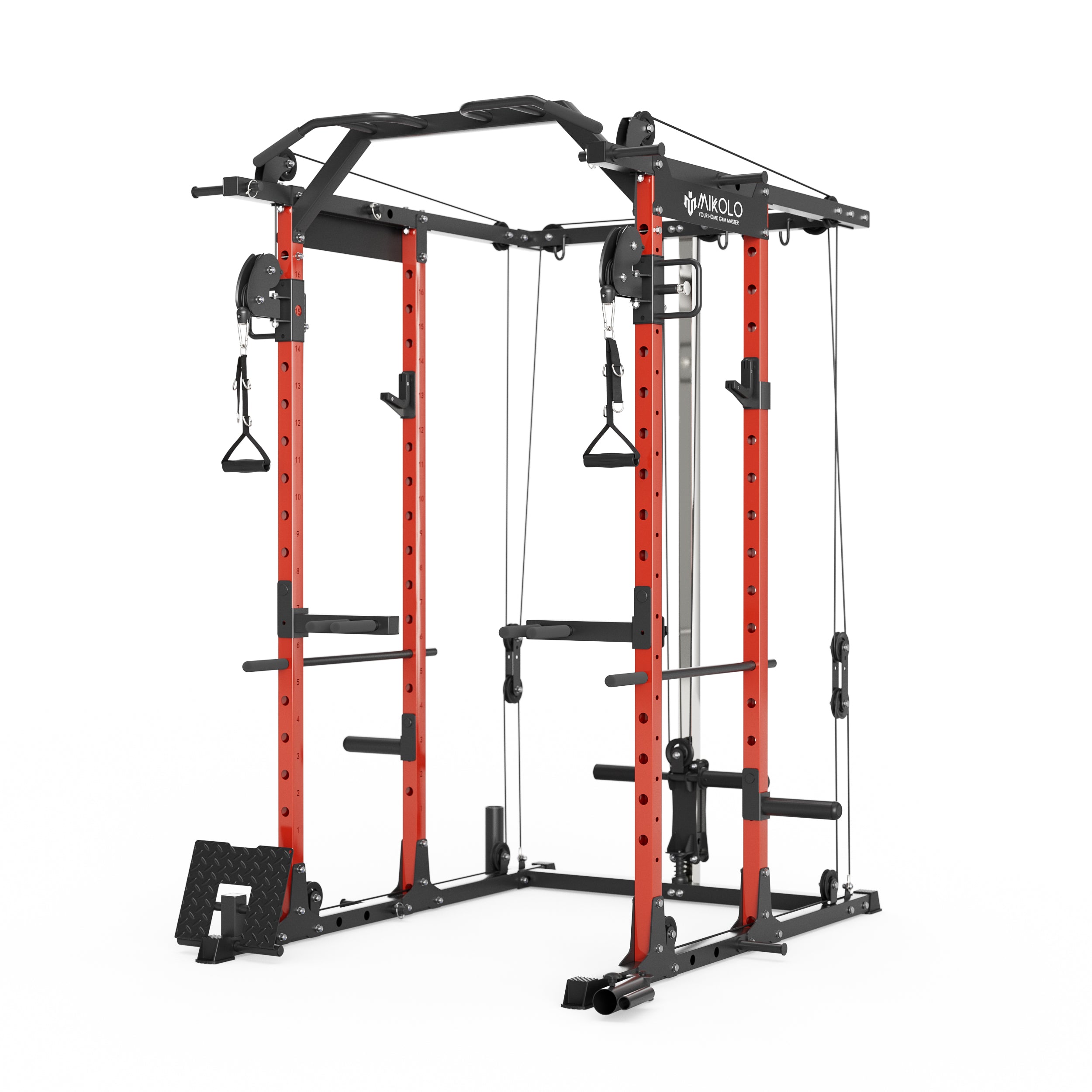
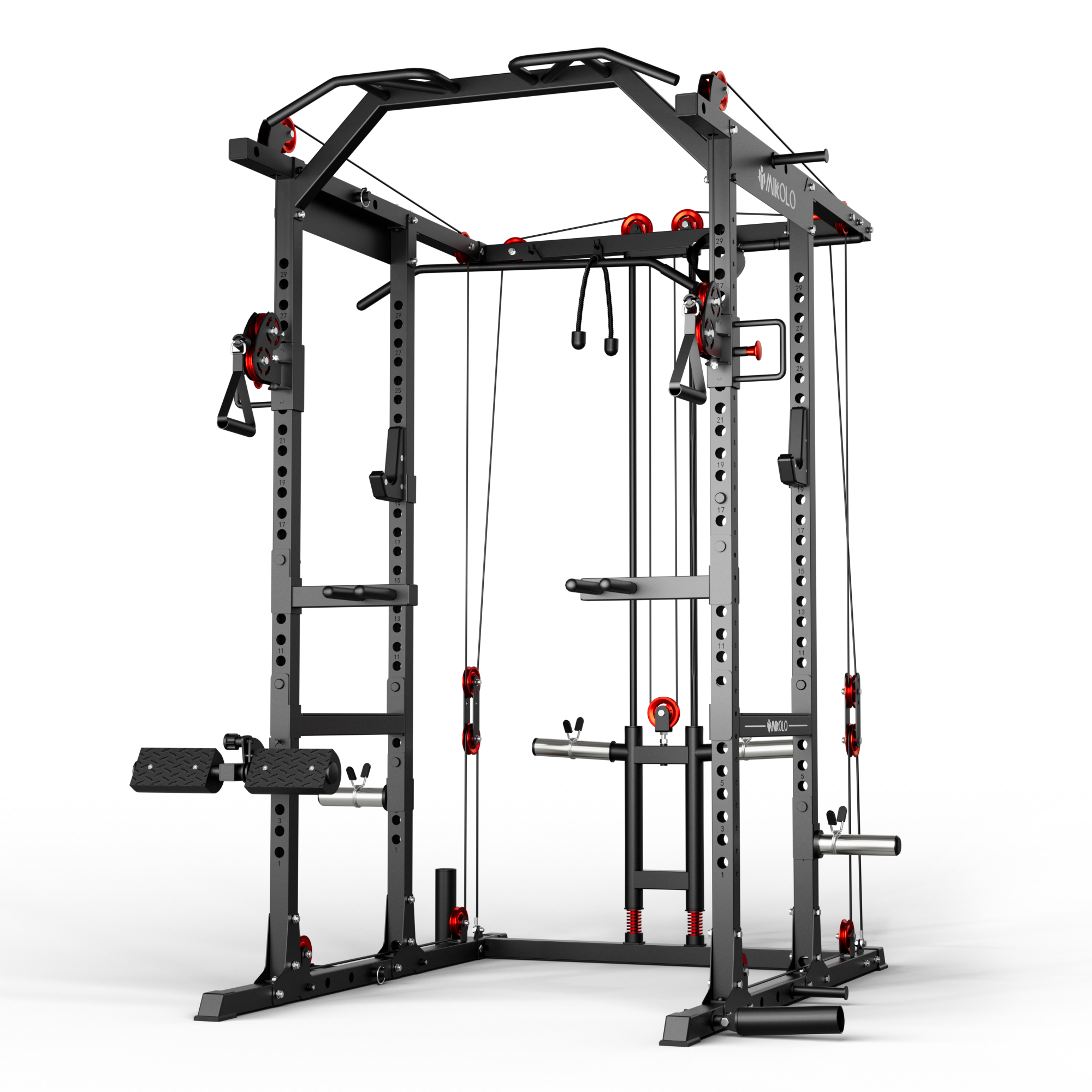

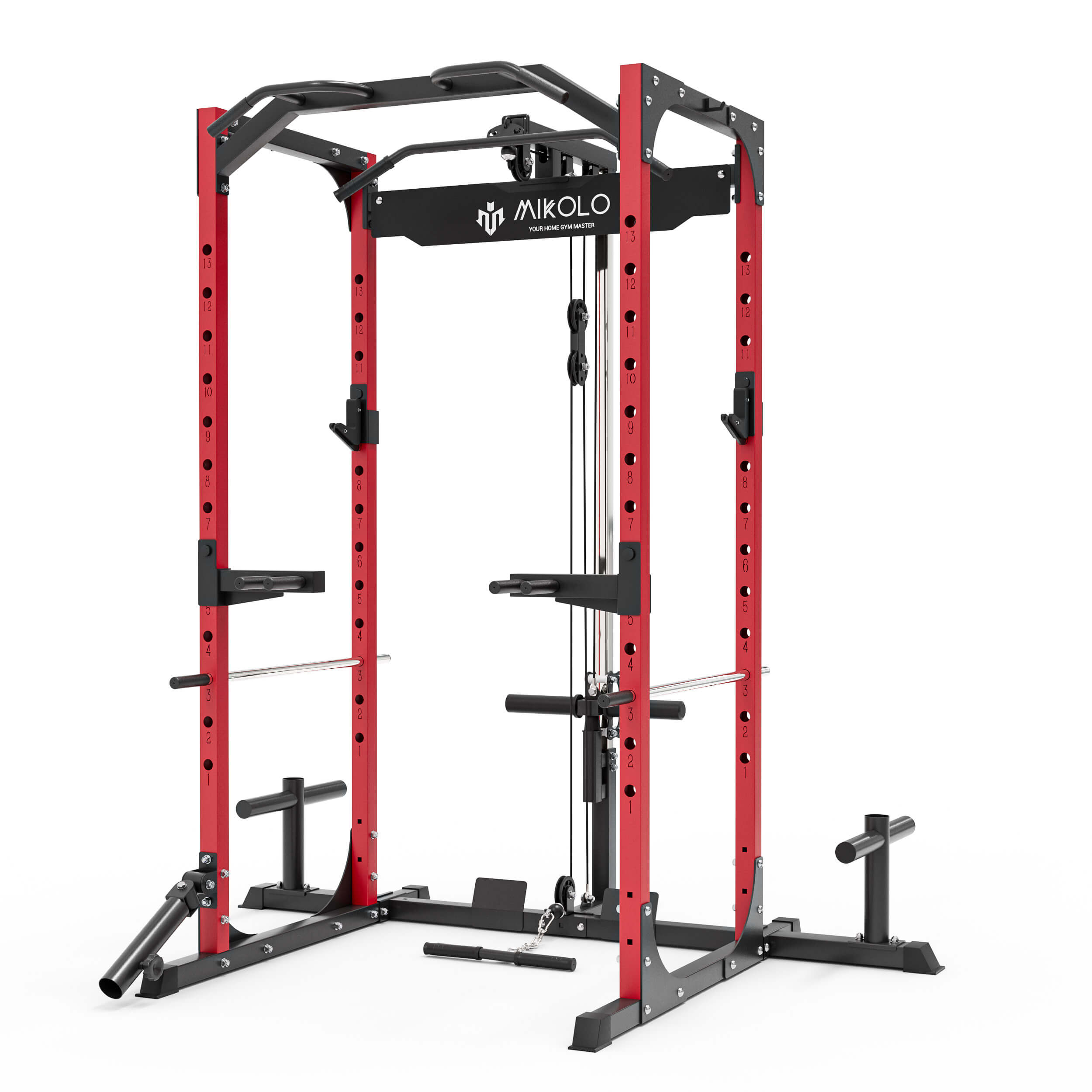
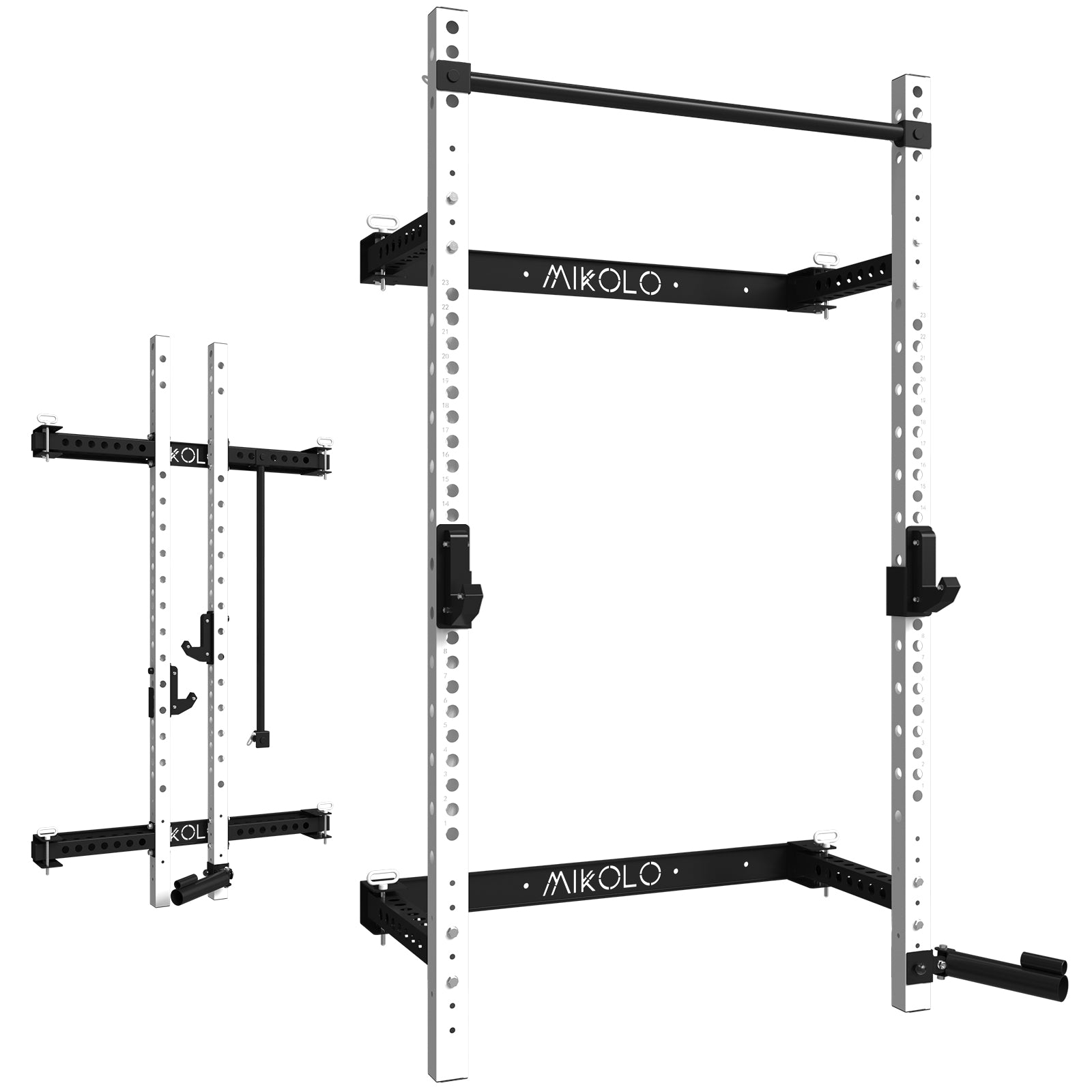


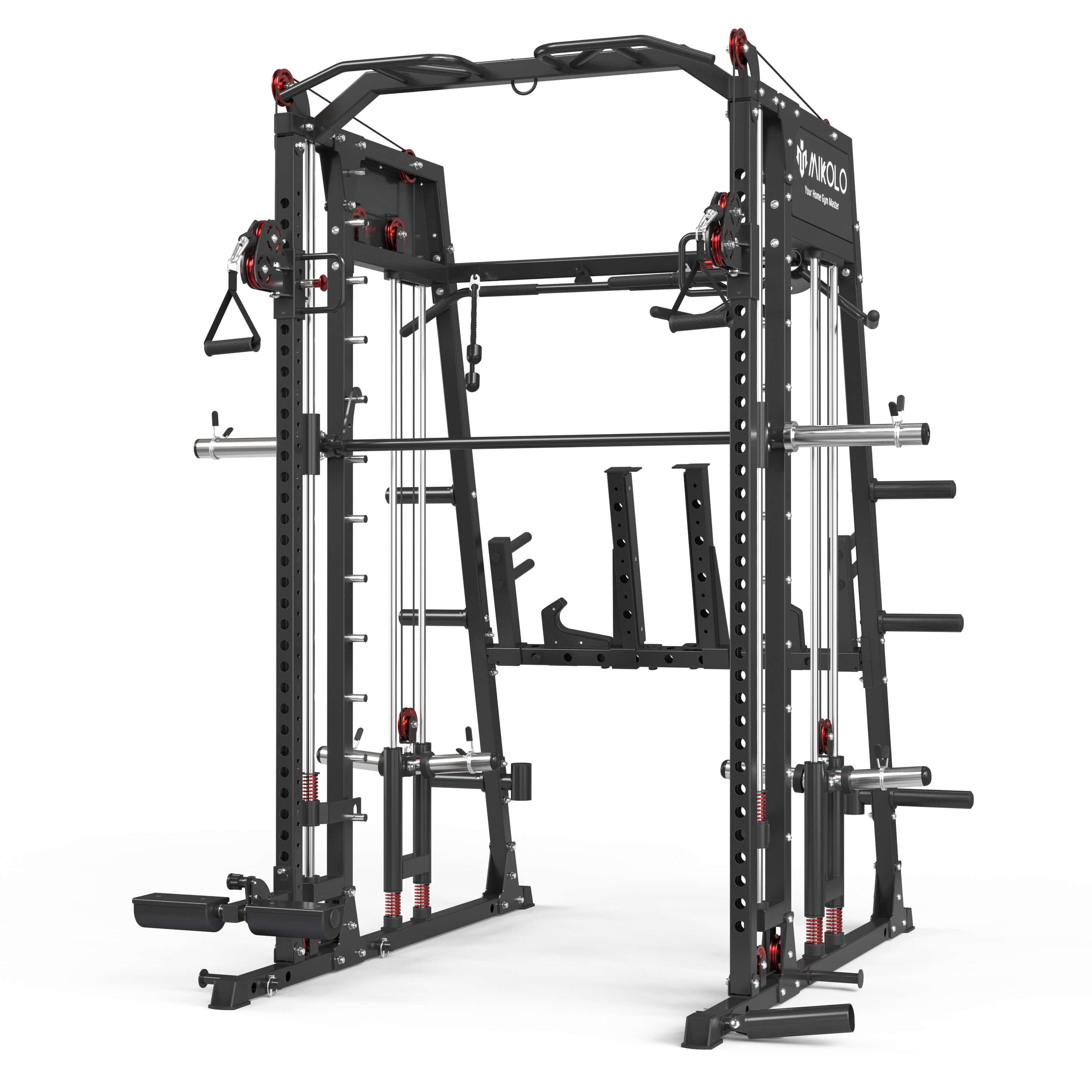
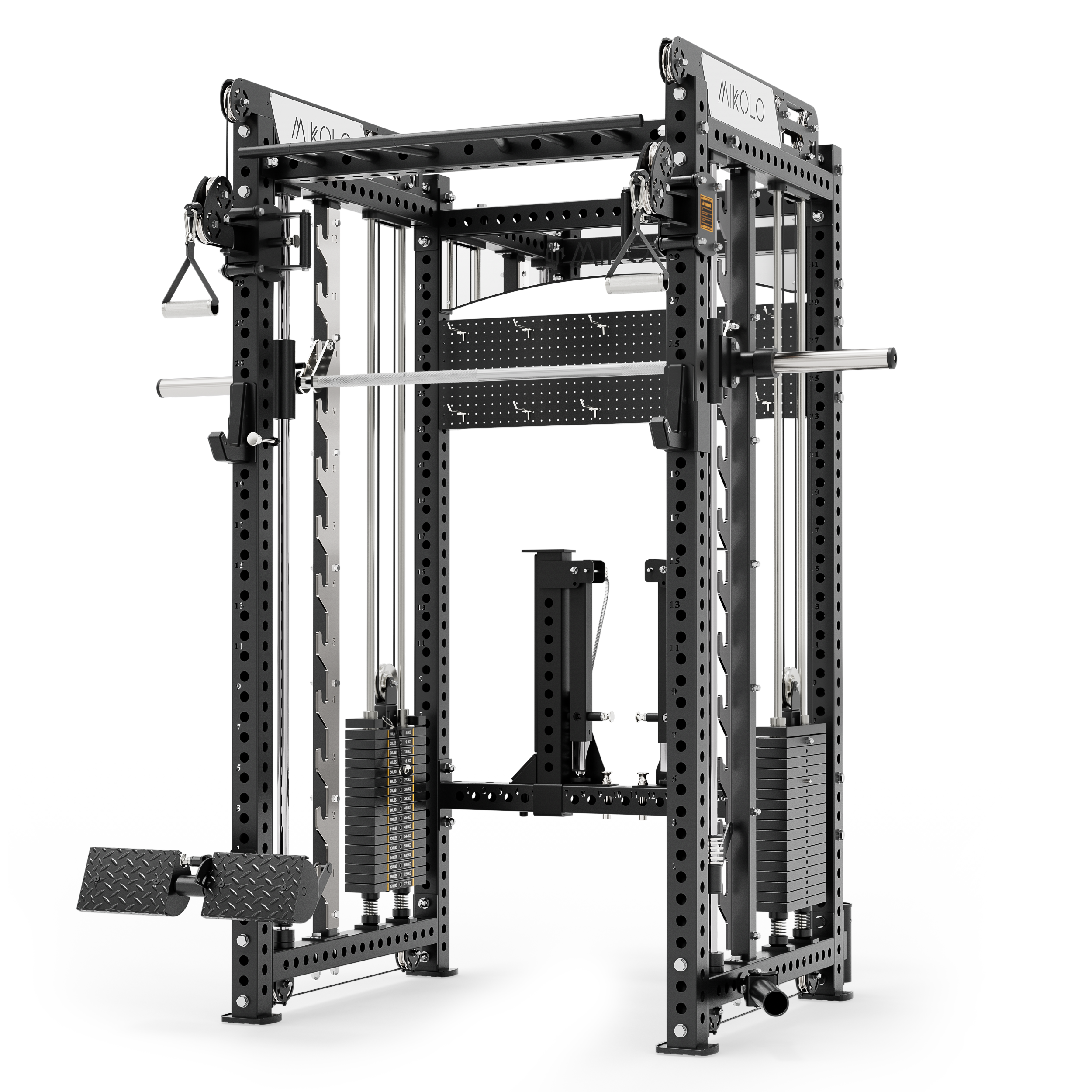
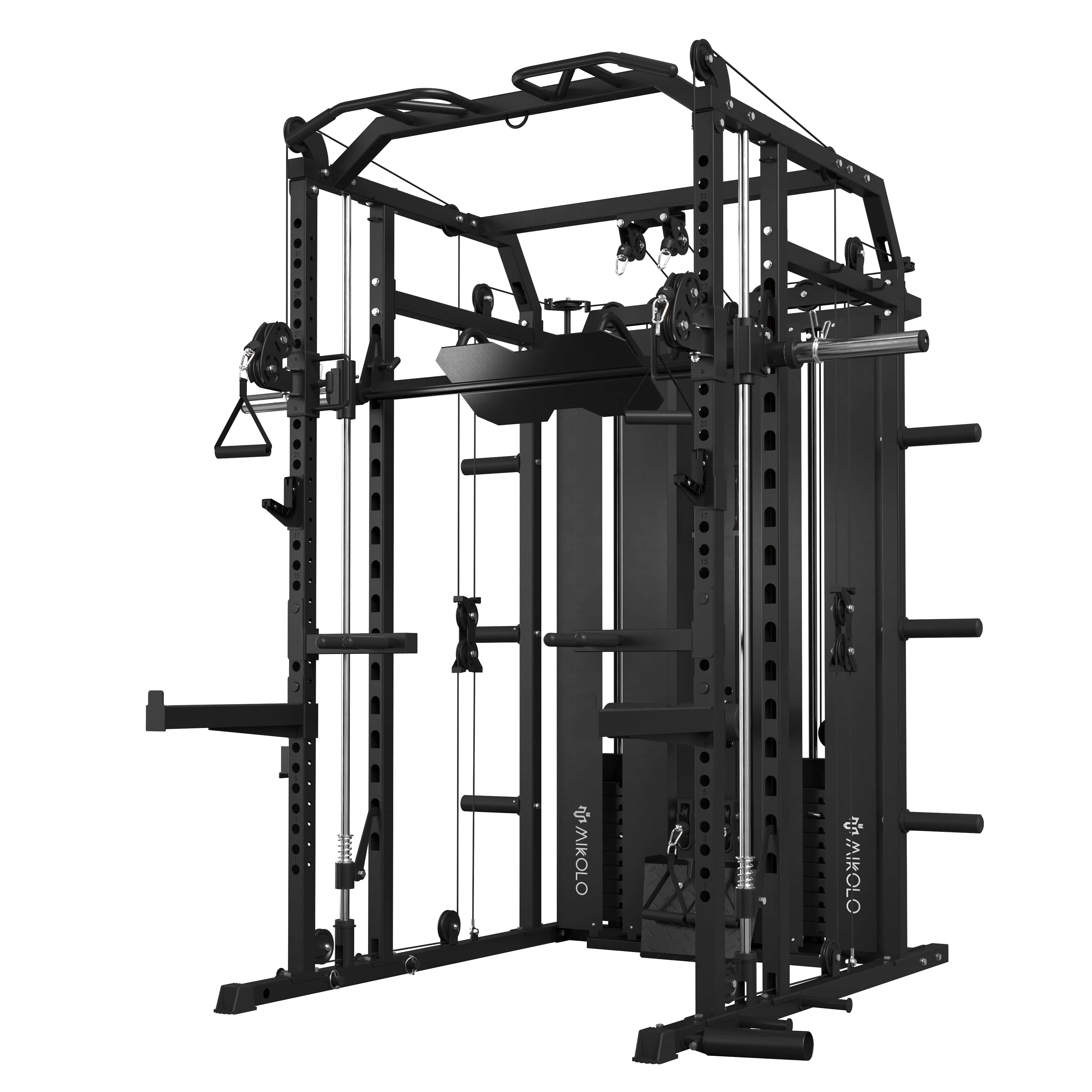
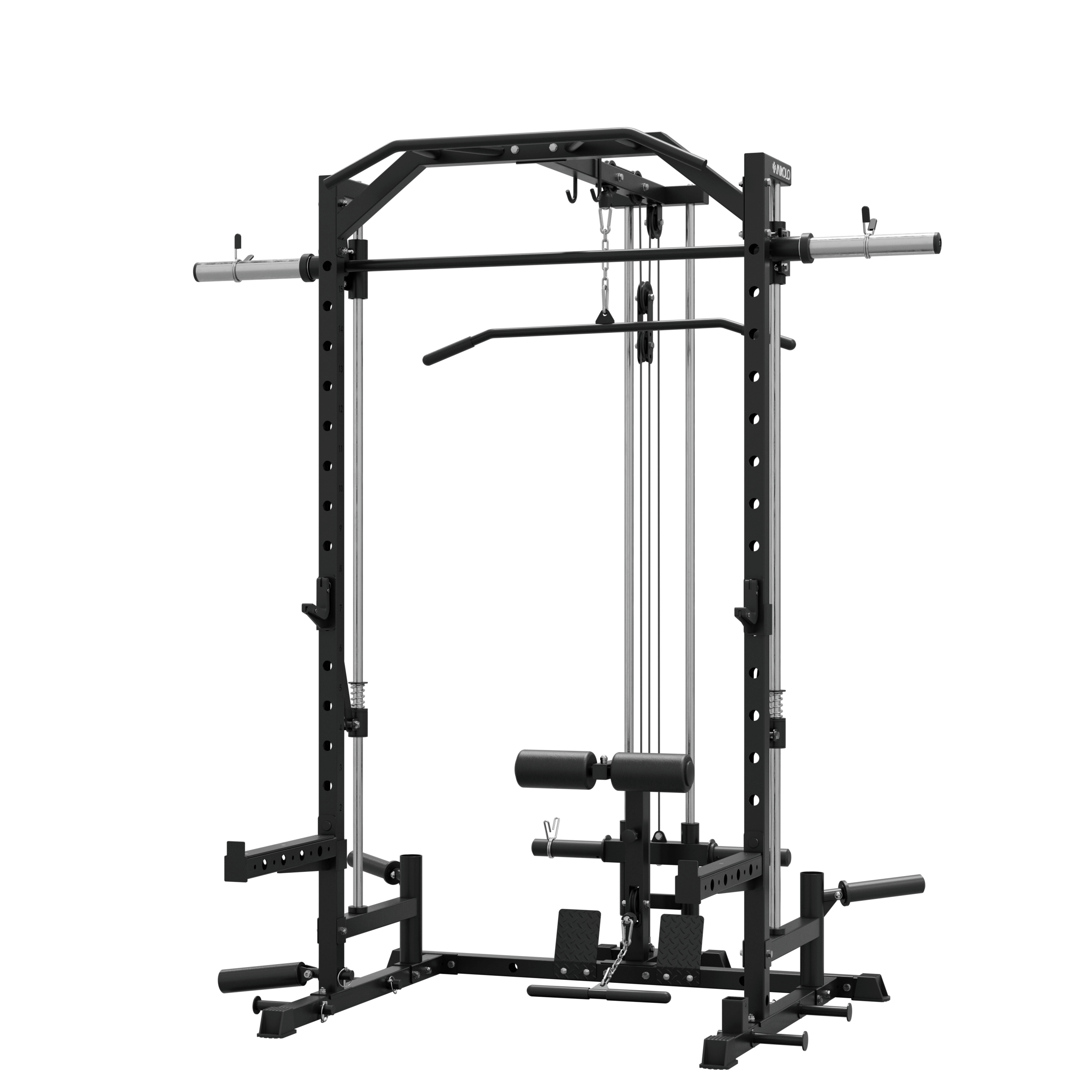
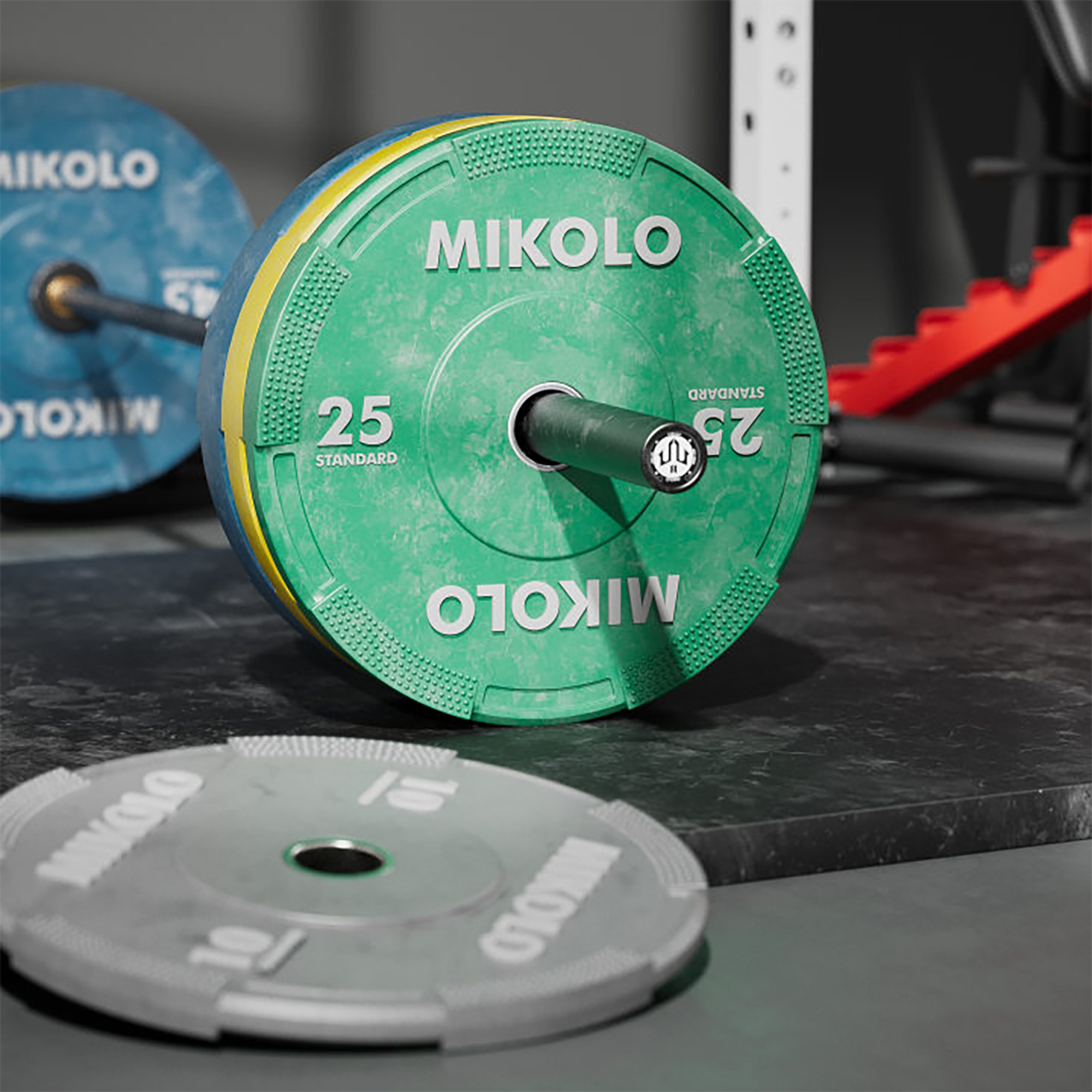






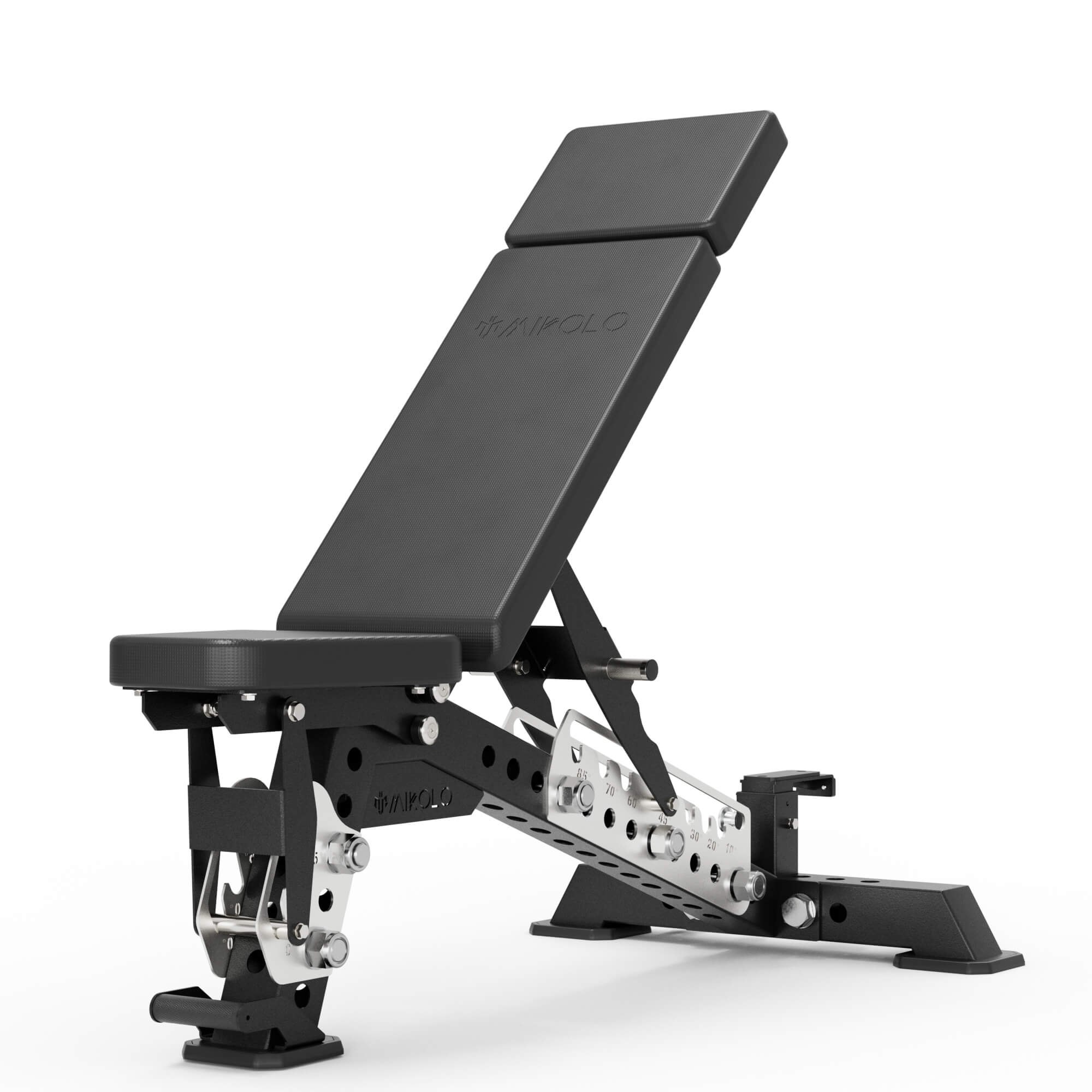
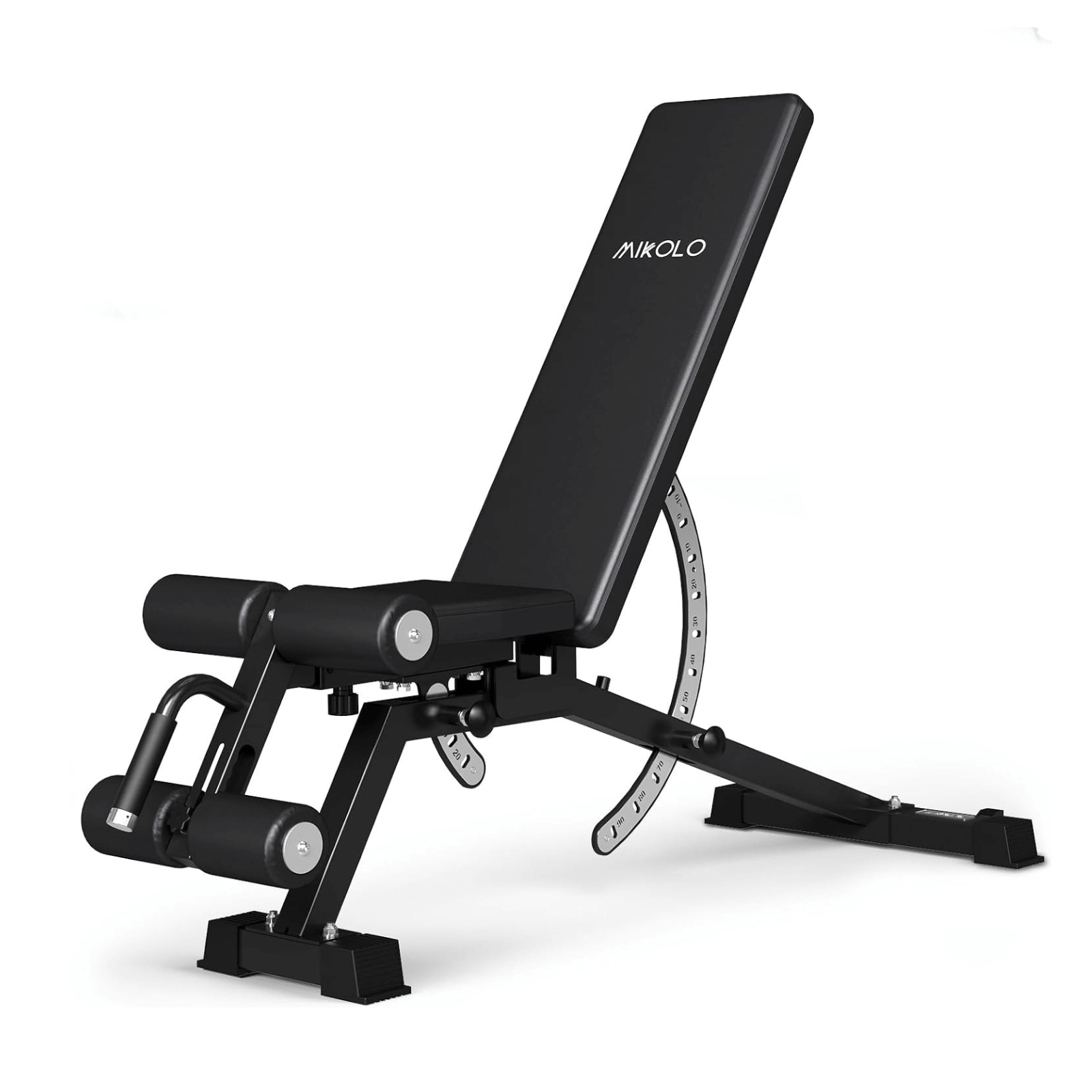




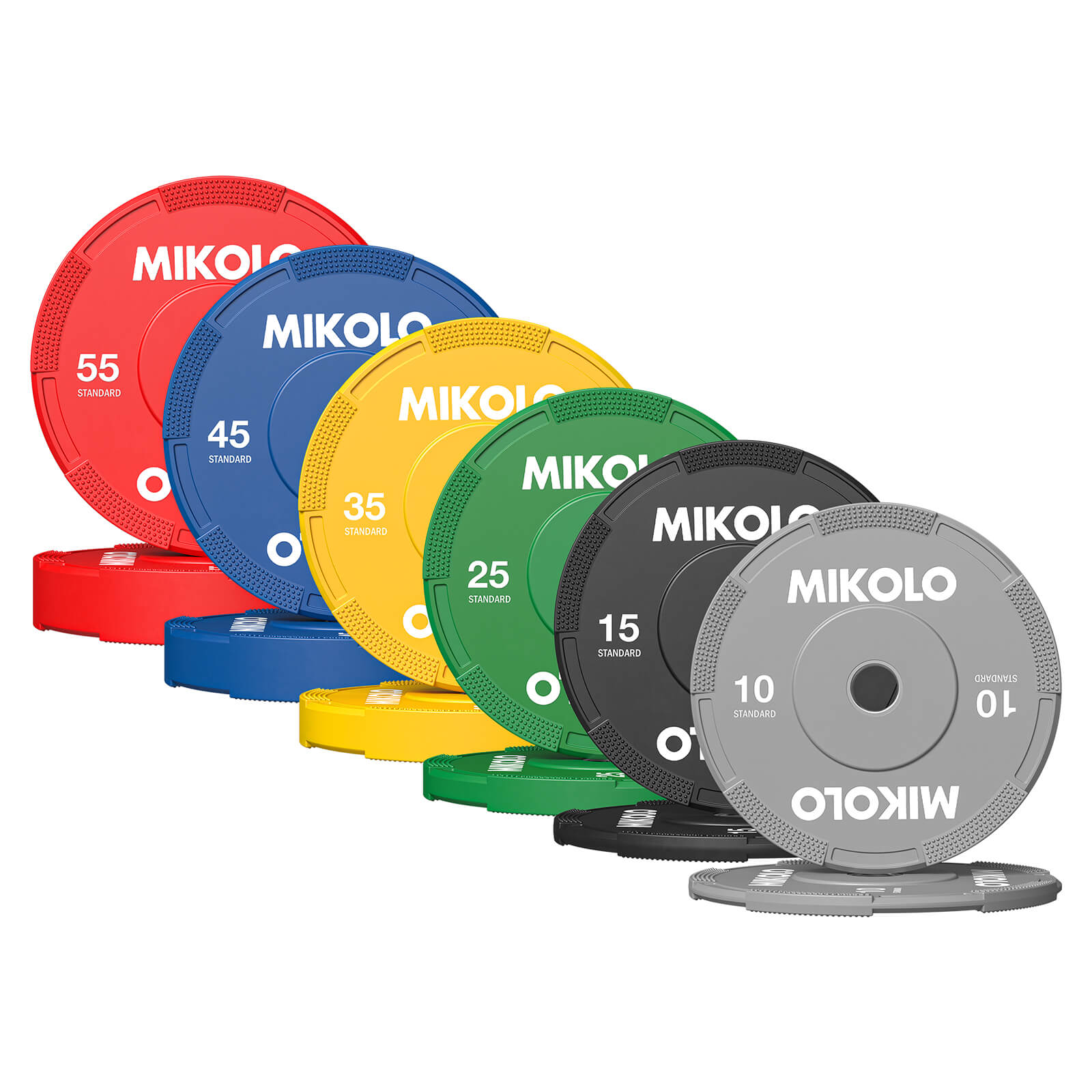
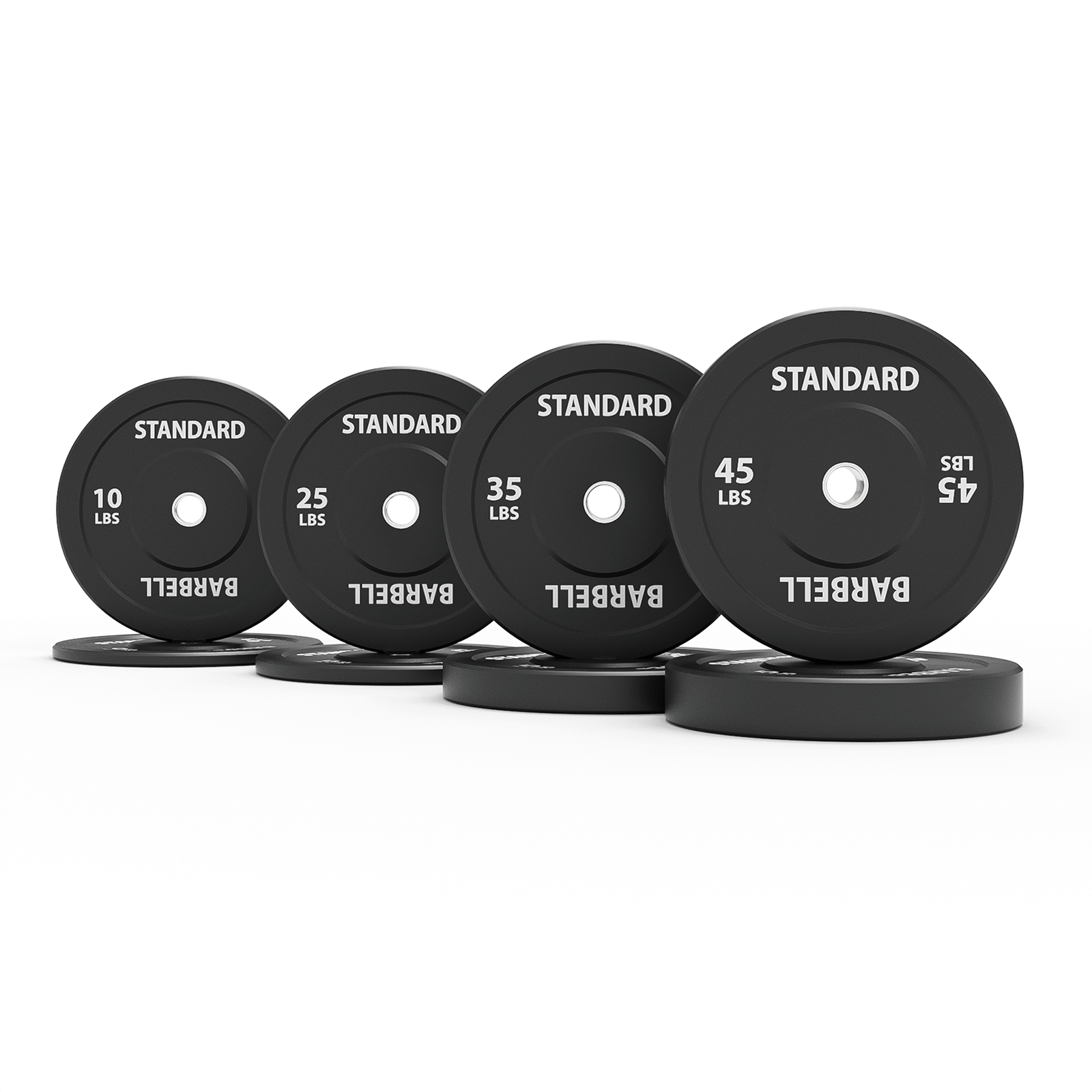

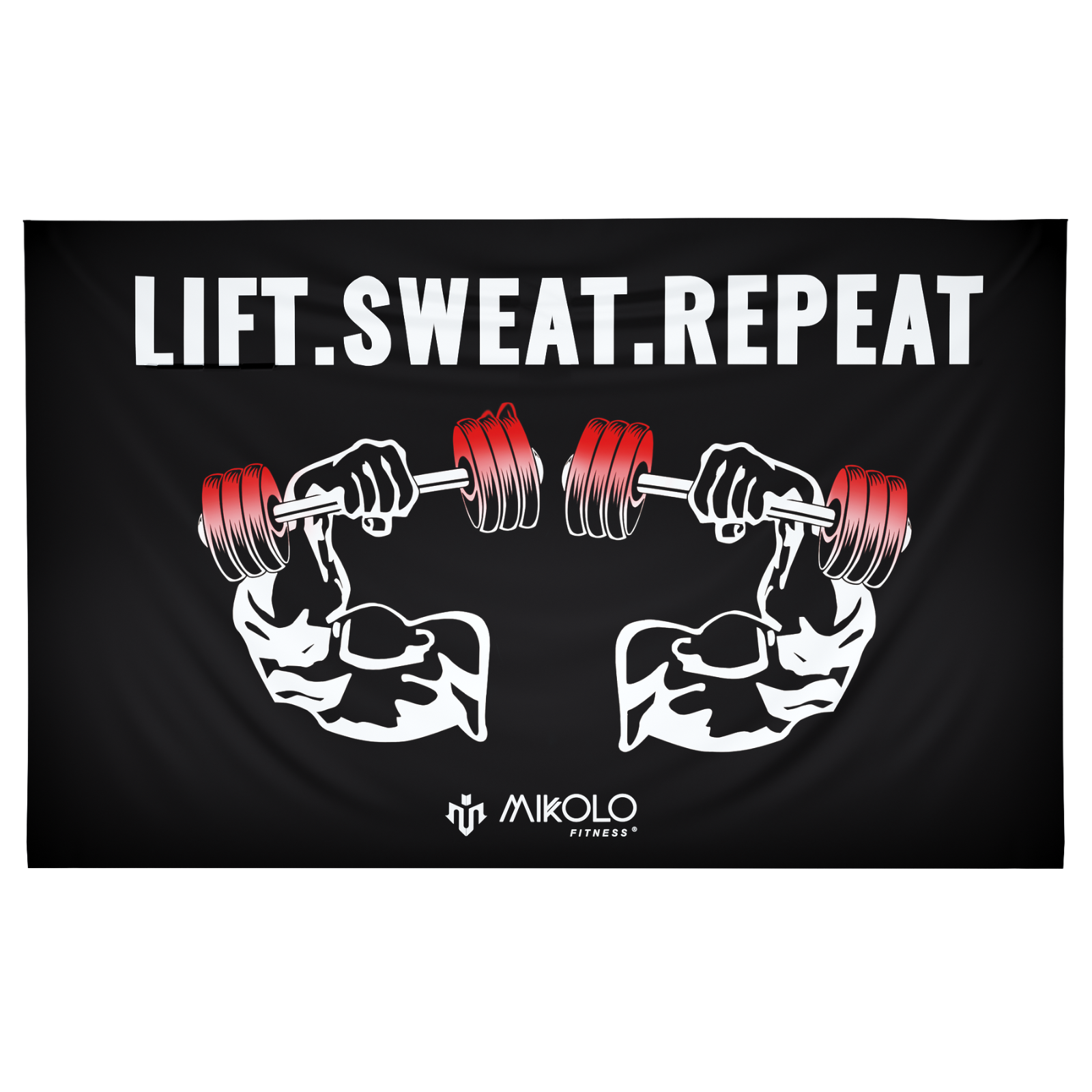



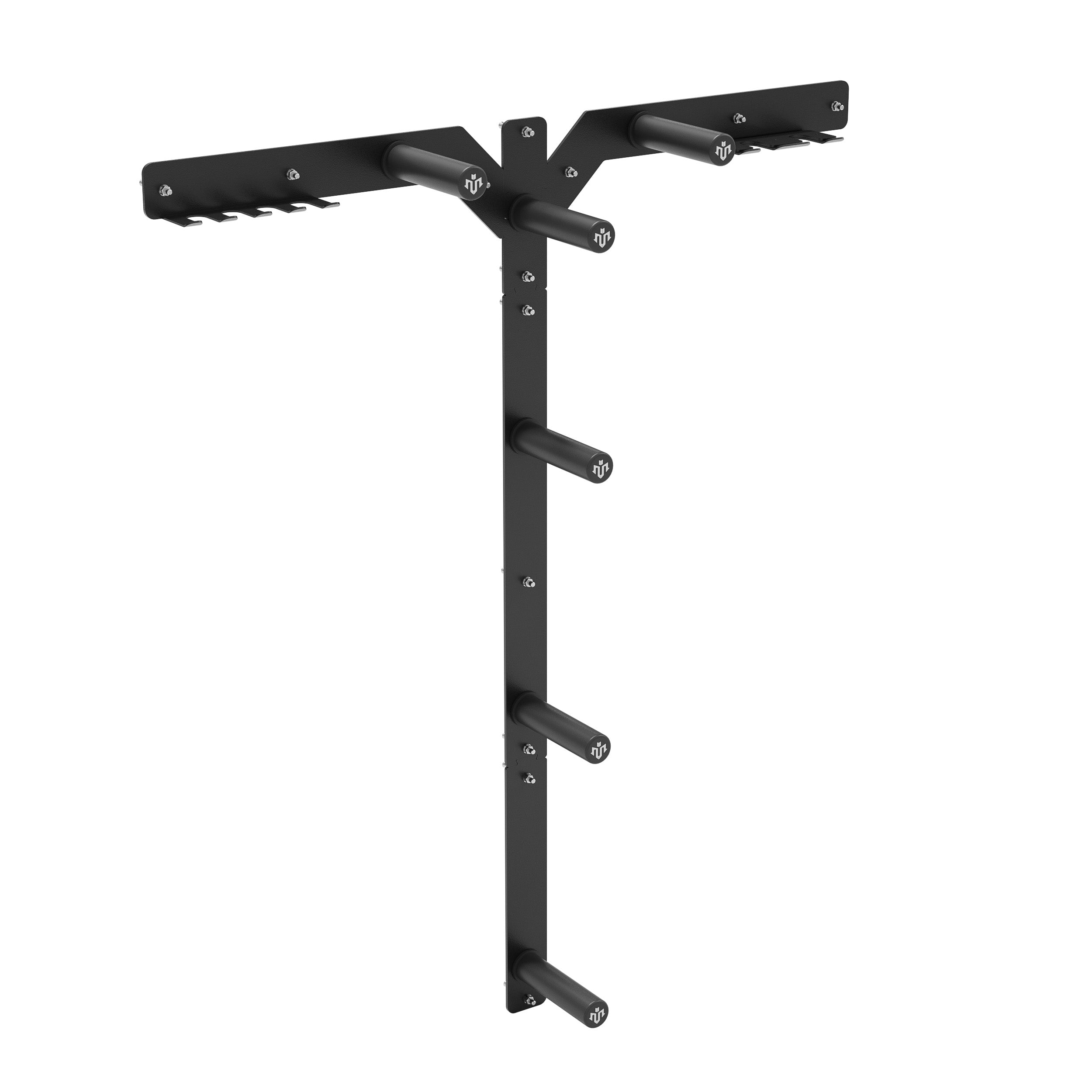




Leave a comment
This site is protected by hCaptcha and the hCaptcha Privacy Policy and Terms of Service apply.